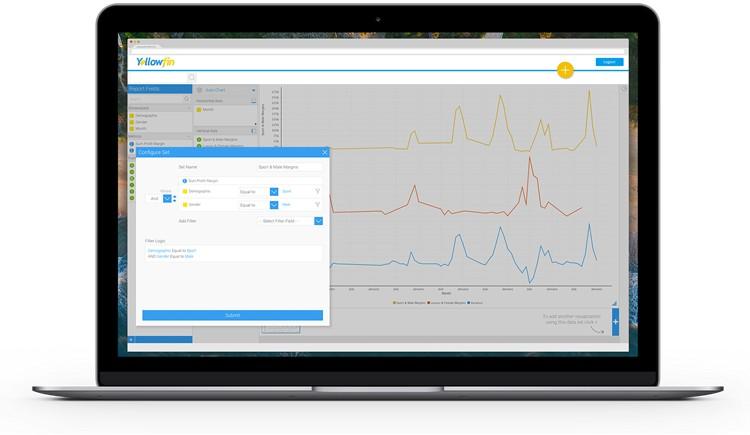
Data visualization reveals youth voting intentions and disconnect
As Australians and Australia’s major political parties trudged to the polls over the weekend, duking out a depressing nil all draw, results seemed to indicate a lack of interest.
Prior to polling over the weekend, we harnessed Business Intelligence software and data visualization technology to forecast the result of the election in our post, Data visualization predicts 2016 federal election winner. Whilst our prediction had great accuracy, it also indicated significant disillusionment with the state of federal politics amongst Australian voters.
Disengaged: Voter interest in the 2016 federal election campaign
In the week leading up to Saturday’s election, Essential Research surveyed the electorate, asking ‘How much interest have you been taking in the 2016 federal election campaign?’.
Prior to the election, the Labor Party and Coalition both signaled their intent to move away from the relentless negativity, sloganism and unproductive partisan politics that had defined Australia’s anti-intellectual electioneering over the past six years. As it turns out, neither kept that commitment.
Arguably, this was a key ingredient in voter disengagement, with just 14% stating that they had been paying ‘a lot of interest’ in 2016 election campaigning.
The maintenance of the status quo – old white men appealing to issues considered important by other old white men, and therefore ignoring increasingly important subject matter – might explain the higher rates of voter disconnect amongst Australia’s youth.
Across the board, Australia’s youngest voters (18 – 34 year olds) displayed the lowest levels of interest and highest levels of disinterest. But, is it any wonder, when the political dialogue continues to pander to the demands of Australia’s aging population?
If it wasn’t obvious enough through the battleground topics chosen, the methods via which the mainstream political machine attempted to contact the electorate in 2016 shed further light on the age divide.
Young Australians watch increasingly less television, do not engage with physical mail, and scarcely use email beyond the office.
So what does Australia’s youth vote, the vote of tomorrow, look like? Which issues will politicians have to place at the center of their policy platforms to win votes? And, what might the parliament of 2016 look like if it actually reflected those too-often-ignored views?
Youth political engagement: Uninspired by the major parties and major policy priorities
Joint research undertaken by Youth Action and the Australian Research Alliance for Children and Youth (ARACY) surveyed 3,400 young people (12 – 25 year olds) about their political views and ‘hopes and ideas’ for the 2016 federal election.
The resultant report, Agenda for Action: what young Australians want from the 2016 election, provided some fascinating reading. And, importantly, intimated that Australia’s youth isn’t actually apathetic about politics – it’s just that today’s politicians are failing to prioritize the issues they see as central.
That view was substantiated when 12 – 25 years olds were asked whether they had decided who they would vote for at the 2016 federal election.
While only 10% reported that they were ‘uninterested’ – going some distance to dispelling the myth that young people are generally unconcerned with politics, 37% of respondents indicated that they were ‘undecided’, highlighting the lack of major party appeal for young voters.
Of those who had decided their voting intentions (putting age related eligibility aside for a moment), the results demonstrated a far more progressive mindset.
The dominance of the Green vote (38%), and significantly diminished share of the conservative Coalition vote (19%), was reflective of the reformist priorities of today’s and tomorrow’s young voters.
Is it any wonder that the majority of young Australian’s surveyed were unable, or unwilling, to side with a major political party when their top three collective concerns were issues that successive governments had largely ignored or even perpetuated?
Conclusion: A need to broaden the base
Many skeptics would no doubt interpret the Youth Action and ARACY survey findings as fanciful – a demonstration of the younger generations inability to put pragmatism over idealism.
However, even if that were true, it’s clear that the next generation of Australian voters are currently prioritizing different issues than many of today’s parliamentarians and policymakers.
In order to remain relevant, and effectively govern based on the concerns of their various constituencies, many of Australia’s political parties and strategists will need to begin seriously reviewing the mechanisms and election platforms utilized to engage with the electorate.
What are your thoughts? To have your say, simply tweet us @YellowfinBI. We’d love to hear from you.